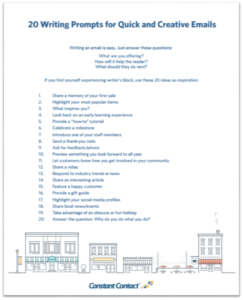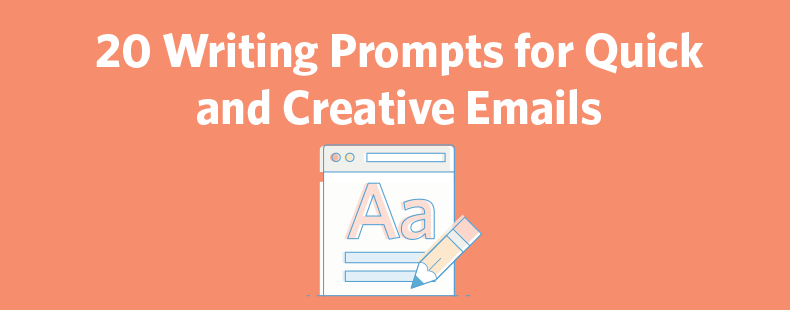
Your customers want more than promotional emails from your business.
Are you giving them tips to use your product effectively? Have you introduced them to the people behind your business? When was the last time you asked them for feedback?
To drive sales with email marketing, look for ways to provide value and build customer relationships. Don’t make your emails all about you.
Use these email writing prompts whenever you get stuck.
We get it. Sometimes coming up with an idea is the hardest part.
If you’re stuck, use these 20 writing prompts as inspiration.
Download your writing prompt worksheet to get started right away!
And check out a few examples from other small businesses:
-
Provide a “how-to” tutorial
Orange Cycle, Orlando, Florida
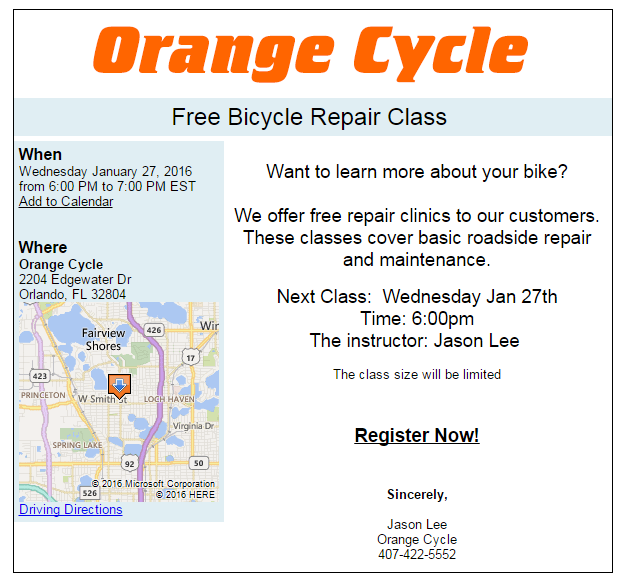
-
Provide a gift guide
The Basketry, Luling, Louisiana
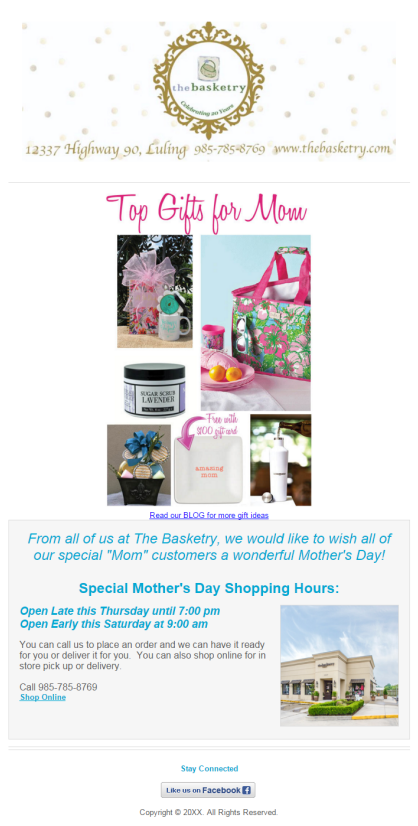
-
Highlight your social media profiles
Art Impressions, Salem, Oregon
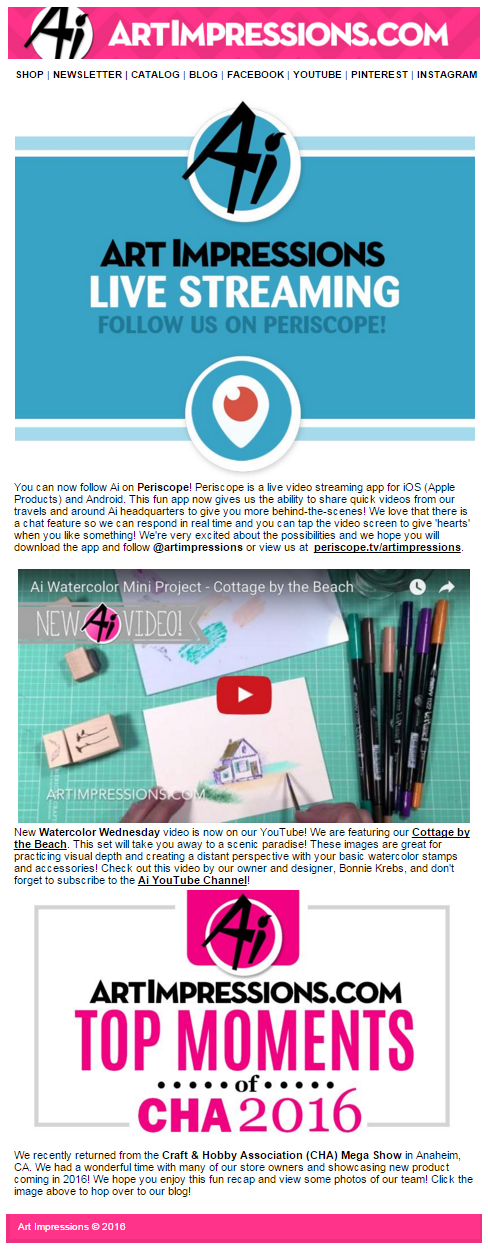
Kick writer’s block to the curb!
With these email writing prompts in your back pocket, you’re ready to create a compelling email for your audience.
Start with one of Constant Contact’s mobile-responsive email templates, choose one of the ideas from our list, and create your next email in minutes.
Log in to create your next email.
Not a Constant Contact customer? Start your free 60-day trial today!

